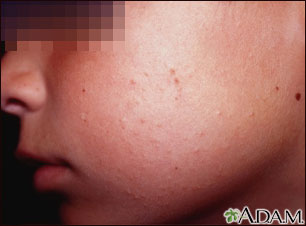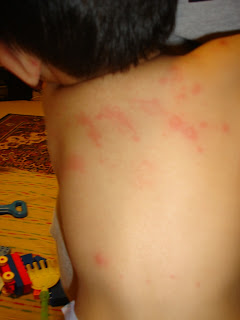Want to Decrease Your Child's Risk of Pet Allergy? Better Act Fast!
The past few years have seen increasing interest in potential strategies to reduce the risk of allergy and asthma in young children. One particularly popular topic has been that of early pet exposure potentially decreasing the risk of animal allergy. Indeed, I am often asked by parents of my young patients if I recommend adding a furry pet to the household. However, it has been unclear how early in life the pet exposure needs to occur in order to modify risk.
A recent analysis of data from the Detroit Childhood Allergy Study sheds some light on this important question. It was published in the July 2011 issue of the peer-reviewed medical journal Clinical & Experimental Allergy. (Clin Exp Allergy. 2011;41:920-922)
Annual interviews from 1987 through 1989, and follow-up interviews at age 18 years, were used to assess study subjects' exposure to indoor dogs and cats. After analyzing pet exposure during the first year of life, specific age ranges, and cumulative lifetime exposure, here's what the researchers discovered:
Cats: For both boys and girls, exposure to household cats during the first year of life was associated with a decreased risk of sensitization to cat at age 18 years. The relative risk (RR) of sensitization was 0.52 compared to children without cat exposure during this time. However, there did not appear to be benefit conferred from cat exposure during later time frames.
Dogs: For both boys and girls born by cesarean section, exposure to household dogs within the first year of life was associated with decreased risk of dog sensitization at age 18 years (RR = 0.33). However, if delivery method was not taken into account, the reduction in risk was significant only for boys (RR = 0.52). Sorry, girls!
Bottom line? Early exposure to household cats and dogs does appear to modify the risk of future hypersensitivity (there is actually some evidence to suggest the tolerance induced during this early period may be long-lived), but the window of opportunity is very small. The benefit does not seem to extend to exposures beginning after the first birthday. As most parents are disinclined to bring a new baby and a new pet into the home simultaneously, it is likely that the main beneficiaries of this protective effect are children born into households where Fido or Fluffy are already firmly established.




Hmmmm... My son was not c-section and was born into a home with a pre-existing dog. Unfortunately after ten months we had to find our dog a new home due to my son's allergies. He has multiple severe allergies but also tests very high for dog. Early exposure to dog didn't help in our case but maybe it would help for someone else.
ReplyDelete